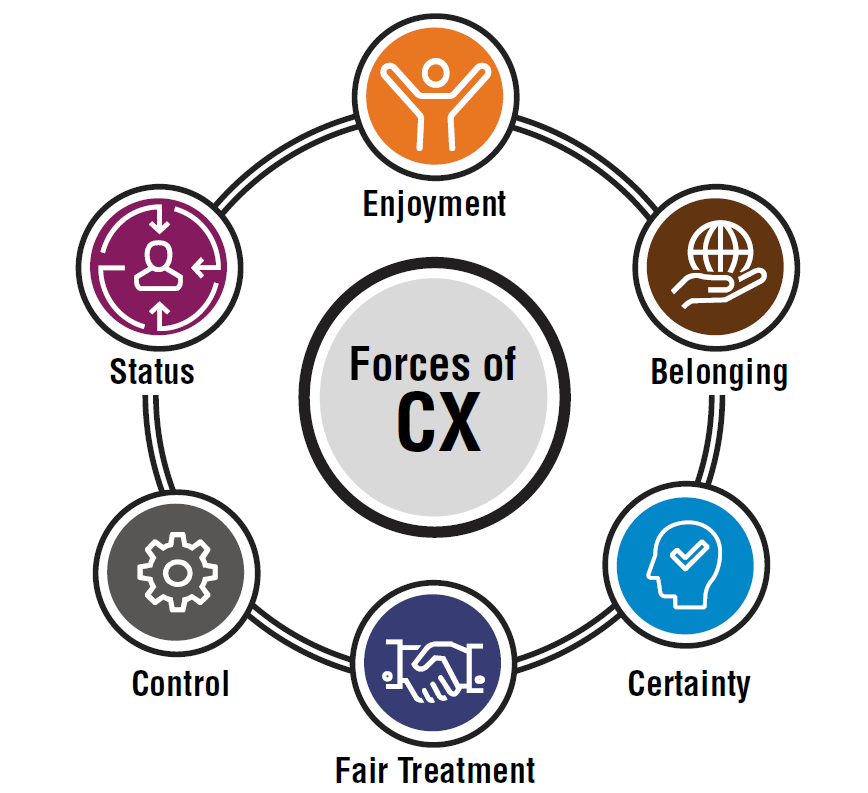
You have heard of UX (user experience) and CX (customer experience) and their sisters UI (user interface) and CI (customer interface), but we we want to coin a new term: PX/PI: Privacy experience and Privacy Interface.
The Rise of UX

UX is well studied and it is not unusual for apps and companies to spend hundreds of hours testing and iterating on the placement of a button or a form to maximize clicks and reduce friction. Entire careers are focused on UX. UX Designers focus on “measuring and optimising applications (usually web based) to improve ease of use (usability), and create the best user experience by exploring many different approaches to solve end-users’ problems. One way that a UX designer might do this is by conducting in-person user tests to observe behaviour. They then refine and tweak apps, software and websites to create products that people like and find easy to use.”
CX customer on how customers interact with a company

Consumer experience (CX) is relatively new, but none the less just as important. According to Oracle:
Customer experience (CX) refers to how a business engages with its customers at every point of their buying journey—from marketing to sales to customer service and everywhere in between. In large part, it’s the sum total of all interactions a customer has with your brand.
Customer experience is not just a set of actions. It also focuses on feelings. How do your customers or prospective customers feel about your brand? At every customer touchpoint, you can improve—or destroy—how your customers feel about you. So there are important decisions to make at each touchpoint, and those decisions influence how successful your business will be as a result.
PX and PI is a required part of every app and website and consumers are taking notice!
A consumer’s privacy experience is becoming a critical part of their online lives. Consumers no longer trust companies with their personal data (more info below). So how do you increase trust? By creating a simple, unified privacy experience. This does NOT mean having a 6K data privacy policy they click on, this means using decades of research around UX and applying it to privacy. Creating a simple, easy, engaging experience where users can simply claim and manage their data. By being transparent and honest about what personal information is used for and at least acknowledging a user’s identity is theirs. PX will become a commonly used term in the next few years and those companies that focus on it NOW will gain a competitive advantage.
Want a head start on your PX? Check out Rownd! Want to see some pretty bad privacy policies, check out our privacy focused TikTok channel.
Your customers don’t trust you with their data!
The proof is all around us. Data Privacy regulations like GDPR and the California Consumer Protection Act have forced millions of apps and companies to radically change how they collect and store data. When WhatsApp changed their privacy policy, millions of users fled to privacy focused messenger, Signal. According to McKinsey, only ~18% of Americans trust the tech industry with their data and even fewer trust traditional companies. According to ITIF, the full cost of data privacy laws on JUST the loss productivity and revenue from personalization is over $71B per year as more data privacy with a majority of that falling on SMBs and startups (since they do not have huge data stores of personal data yet). The cost and ability for startups to collect personal data is increasing everyday. So, how does one create a great
